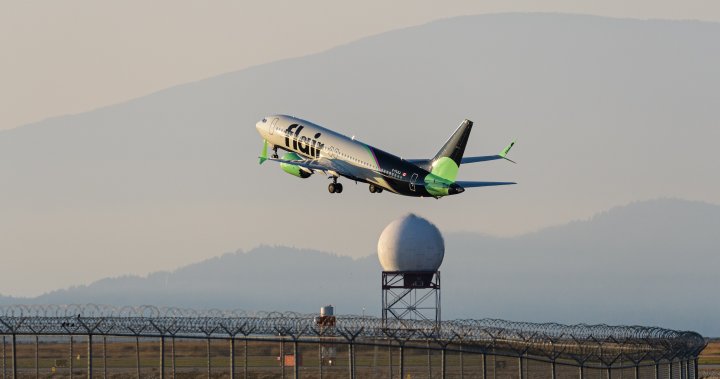Flair Airlines is the sole ultra-low-cost carrier in the Canadian airspace following the demise of Lynx Air. The CEO of Flair Airlines, Stephen Jones, is confident that there is a place for the airline among price-sensitive consumers, despite facing challenges in making the ultra-low-cost fare model work in Canada. Calgary’s Lynx Air had planned to avoid bankruptcy by being acquired by Flair, but ultimately closed down. Flair is now considering expanding its fleet by acquiring Lynx’s jets to grow its operations. While Jones feels for the people at Lynx, he is not discouraged by the collapse of another company with a similar model.
Flair Airlines has been operating in Canada for over two decades but was rebranded as an ultra-low-cost carrier in 2019. The airline has seen an increase in demand since Lynx’s departure, and Jones believes there is potential for the ULCC model to succeed in Canada. However, there are challenges associated with operating a low-cost airline model in Canada due to the distances between cities, impacting the value proposition for domestic travel. Additionally, costly airport improvement fees in Canada make it difficult for airlines to lower their prices significantly to stimulate the market.
Flair Airlines has made adjustments to its spring schedule to reduce the overall number of flights and focus on serving sun destinations outside Canada, where they can save on airport fees. CEO Jones acknowledges that high airport fees in Canada impact consumers’ ability to afford air travel and ultimately affect the airline’s bottom line. Former Air Canada executive Duncan Dee also highlights the challenges faced by ultra-low-cost carriers in Canada due to high starting fares based on airport fees.
Flair Airlines has faced legal and financial challenges in recent years, including a seizure order for unpaid taxes and a lawsuit over lease payments for its planes. The airline experienced a technical issue that temporarily took down its booking platform, but Jones assures that the problem was resolved without any flight disruptions. Despite these challenges, Jones remains optimistic about Flair’s future, with plans to expand the fleet and expectations for a strong summer season.
Consumers are price-sensitive due to elevated inflation and interest rates, making affordability a significant concern when choosing airlines. While Flair may help drive down prices on certain routes, it is limited in its ability to undercut larger competitors like Air Canada and WestJet. Nevertheless, consumers are increasingly focused on getting to their destination quickly and affordably. There is hope that Flair can become a viable third alternative to the Air Canada-WestJet duopoly, providing more competition and options for consumers.
Jones is confident in Flair’s ability to succeed in the Canadian market and expects a busy summer season with great fares and destinations. Despite the challenges of the ultra-low-cost carrier model, there is optimism that Flair can carve out a niche and provide more competitive options for consumers. With expectations for growth and expansion in the coming years, Flair Airlines remains determined to establish itself as a key player in the Canadian airline industry.


